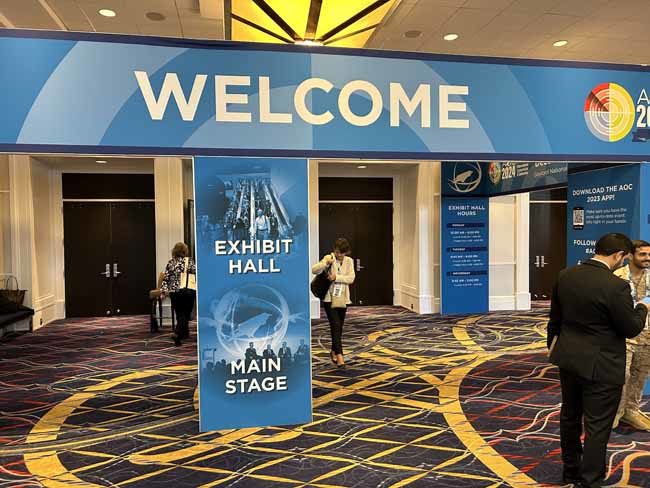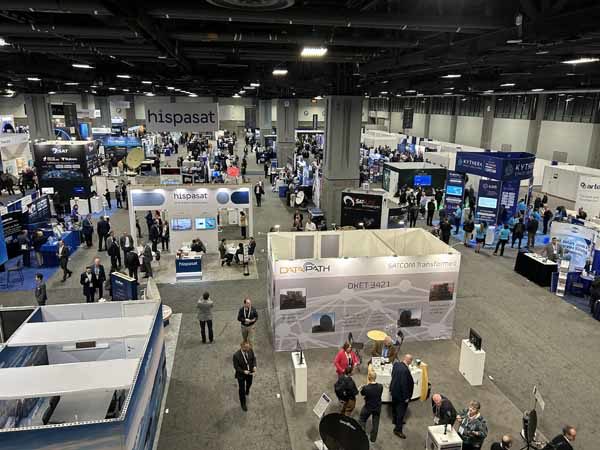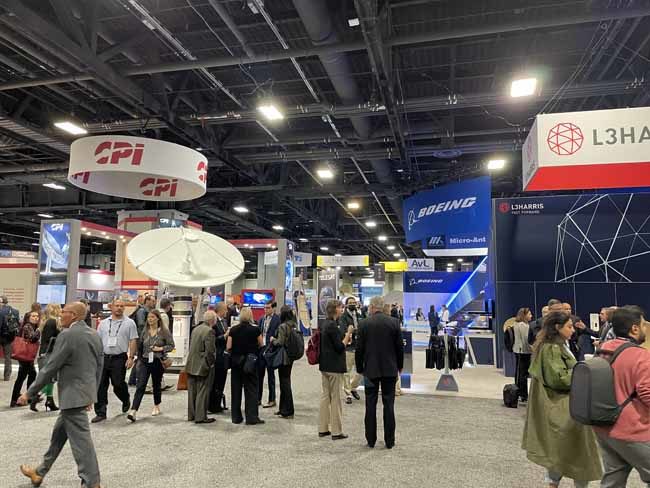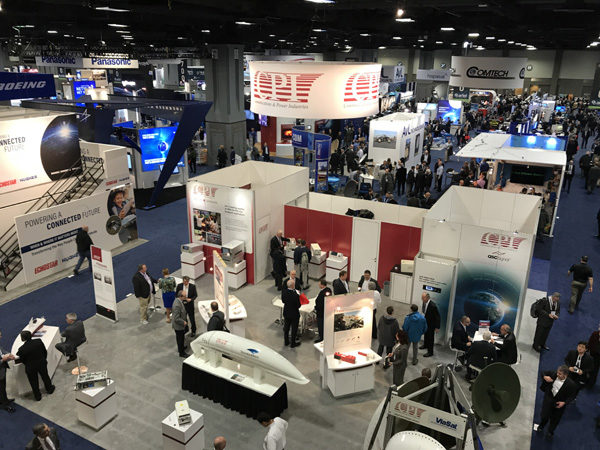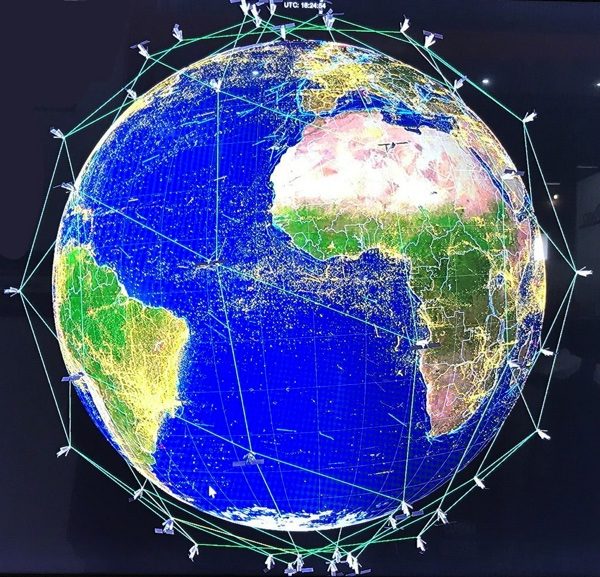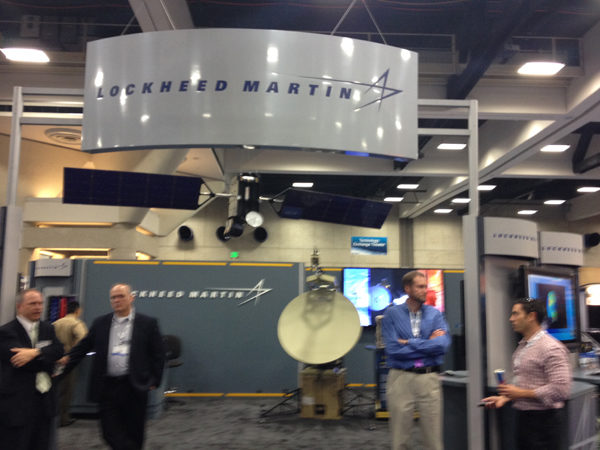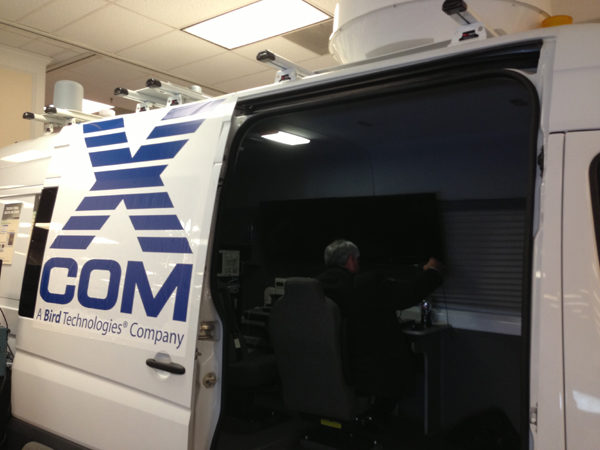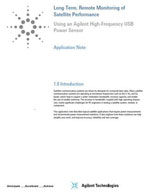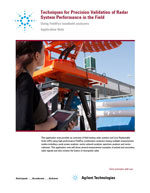Aerospace and Defense Channel - Technical Articles, Product Innovations, Resources & Technologies
Aerospace and Defense topics
ARTICLES
IMAGE GALLERIES
DOCUMENTS AND FILES
An AESA Revolution Utilizing the Disruptive Technology of Highly-Integrated Silicon ICs
November 17, 2015
Four Signal-Identification Techniques to Characterize Complex Systems & Environments
November 17, 2014
Long-Term, Remote Monitoring of Satellite Performance Using an Agilent High-Frequency USB Power Sensor
March 17, 2014
Techniques for Precision Validation of Radar System Performance in the Field Using Agilent FieldFox Handheld Analyzers
March 17, 2014
TriQuint Presentation
October 15, 2013







